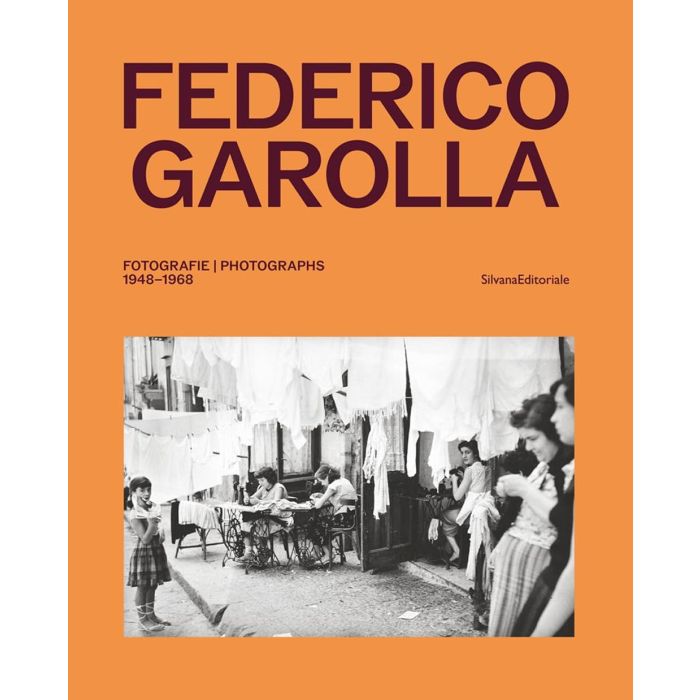My Cart
Your cart is empty
Looks like you haven't made your choice yet.
- Subtotal
Federico Garolla

Fotografie - Photographs 1948-1968
- Silvana
- by Federico Garolla (Photographer)
More Information
| Publisher | Silvana |
|---|---|
| ISBN | 9788836659425 |
| Author(s) | by Federico Garolla (Photographer) |
| Publication date | September 2024 |
| Edition | Hardback |
| Dimensions | 250 x 200 mm |
| Illustrations | 230 col. & bw ill. |
| Pages | 288 |
| Language(s) | Eng./ It. ed. |
Description
Federico Garolla's photography (Naples, 1925 - Milan, 2012) moved hand in hand with Italian history during a period of notable social change after the war. He quickly became the Italy's leading photographer in the 1950s and 1960s during the golden age of illustrated magazines when television was still a luxury for the few.
He belonged to a new generation of photojournalists who knew how to combine elegance and discretion to portray the world of entertainment and communication, as well as the socio-cultural life of their age. Their work provides a picture of a nation, the Italian people, in need of rediscovering its identity as it set about rebuilding the country through a combination of optimism and economic growth. With his unmistakable style, Garolla captured this transformation in all its modernity and also its deep contradictions. He provided an overview of the salient events of the day, taking a sensitive and also attentive look at social realities and contexts. His photographs reflected the liveliness and complexity of post-World War II Italian society, contributing to the image of Italy as it underwent rapid change, ready to embrace its dynamic, bourgeois future.
Garolla witnessed the rise the great fashion houses in Rome, actually becoming a key player in their success as he turned photo shoots into photo reports embedded in everyday life. An elegant narrator, influenced by masters like Cartier-Bresson, he moved beyond mere visual documentation to capture the very essence and spirit of a constantly changing era.

Federico Garolla
